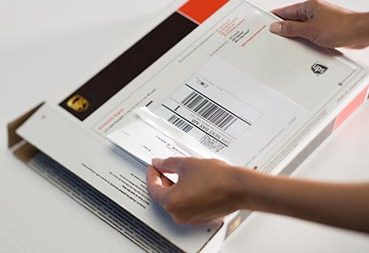
Dimensional weight can hurt or help you depending on if you measure and calculate correctly. If you ship a small lightweight item in a large box you could be charged more for it whereas if you ship a heavy item in a smaller box you could end up being charged less for it. This means when you are packaging your product, you will want to choose a box that is as close to the size of the order as possible while also leaving just enough space for protective infill. To make up for that, carriers will charge more for larger packages. Since bigger packages take up more space in a vehicle, aircraft, or vessel they limit the total number of packages that can be shipped through that transportation method. Your package could be big but also light or small but also heavy. Dimensional weight (also known as dim weight) is a measuring method in which the total size of your parcel is measured against the total weight. David welcomes questions and comments, and can be reached at 85 Ext 107 or. Faour has earned an MS in Computer Science from the Georgia Institute of Technology, an MBA from the University of Florida, and a BS from the University of Central Florida.

#Fedex dimensional weight converter software
In addition to being a thought leader in the transportation space, David also has deep expertise in technology with a focus on data science and software engineering, having previously held technology leadership roles at General Electric and at a startup subsequently acquired by Oracle. Director of Strategy & Analytics, following over a decade in Sales, Marketing, and Pricing related roles at FedEx. As all shipments will not be impacted in the same way, it’s important for shippers to understand the differences between UPS and FedEx and thoroughly model the impact of all carrier pricing changes to their unique distribution.ĭavid Faour serves as Shipware’s Sr.

With all these changes, it is harder than ever for shippers to easily compare services and pricing between FedEx and UPS.

Note that customers with custom dimensional weight factors in their contract will not immediately be impacted by the change.įig 1. The table below illustrates significant increases in billable weights for UPS packages over one cubic foot, and for all FedEx packages. In this article, we will exemplify potential price increases by using various sample box configurations and shipping scenarios.ĭimensional Weight Factor, the Stealth Price Increase This change will certainly increase the actual price hike felt by customers with less dense, large packages. The lower the divisor, the greater the impact. The higher the dimensional divisor, the less of an impact it will have on pricing.

Carriers like FedEx and UPS then charge the higher of the actual weight or the dimensional weight. Packages below this threshold will continue to be subject to the current dimensional weight factor of 166.Īs a quicker refresher, the parcel carriers multiply a package’s length, width, and height, then divide by a dimensional divisor and round up. Effective January 8, the dimensional divisor will be reduced from 166 to 139 for all packages over one cubic foot, or 1728 cubic inches. As almost every shipper knows by now, UPS recently announced it will also be changing its dimensional pricing rules in a not unexpected move closely following a similar change from FedEx.


 0 kommentar(er)
0 kommentar(er)
